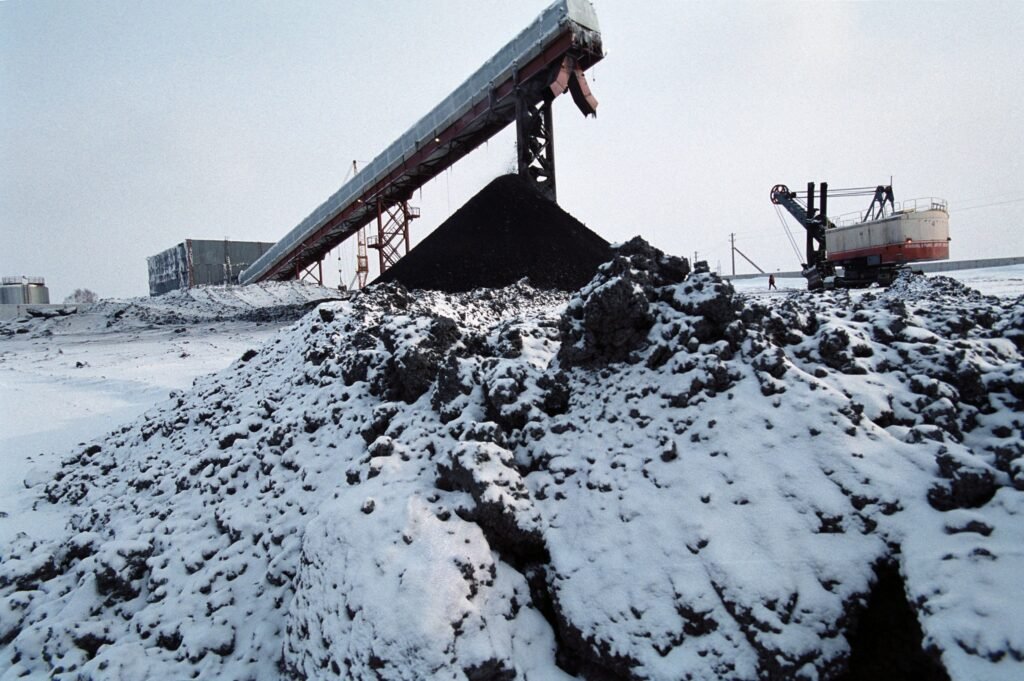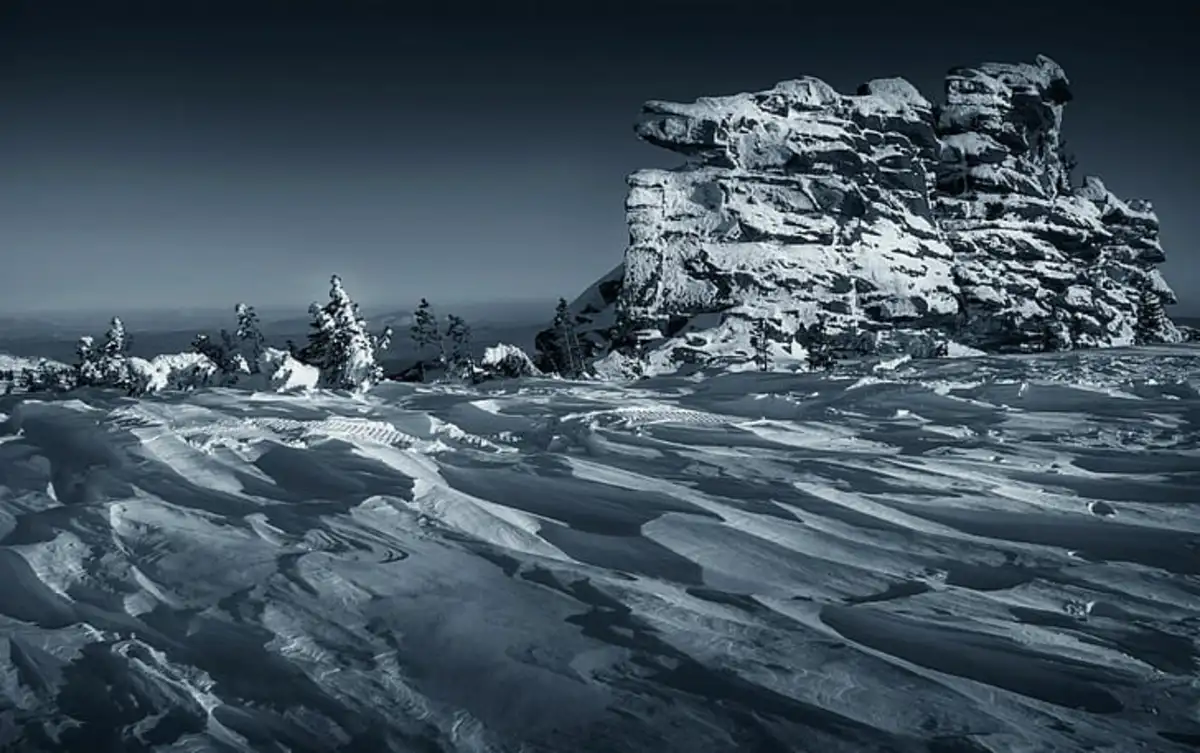Mysterious Black Snowfall in Kuzbass, Siberia
The gorgeous landscapes of Kuzbass, Siberia, experienced a frightening spectacle in the form of mysterious black snowfall in December 2018. This occurrence captured the attention of the world raising both interest and concern.
Everyone had a question in mind, “What might have produced such an extraordinary event?” The answer lay in the region’s heavy reliance on coal mining. Kuzbass, famed for its vast coal reserves, is a mining hotspot.
The mysterious black snowfall was caused by coal dust particles from the mining operations combined with the snow. It turned snow into a threatening shade of black.

The coal dust that turned the snow black in the Kuzbass came from numerous open pit mines. Environmental activists claim that these mines have had disastrous consequences for the 2.6 million population in the region.
This strange transition not only changed the landscape disturbingly, but it also had some serious environmental and health repercussions. Coal dust pollution is a severe problem with negative consequences for both the environment and human health.
When inhaled, coal dust particles can cause respiratory issues and worsen pre-existing health problems. Furthermore, the contamination of water supplies and soil worsens the environmental damage caused by coal mining operations.

Click here to read the updates on tiny black holes that may exist inside stars, new research reveals
The black snowfall in Kuzbass served as a harsh reminder of the negative consequences of fossil fuel dependency. It also emphasized the significance of shifting to cleaner energy sources to minimize our reliance on fossil fuels.
Local officials and environmental organizations in Kuzbass launched measures to handle the black snowfall. These included strict mining laws, investments in cleaner technologies, and increased awareness of the environment and health risks due to coal dust pollution.
Environmental activists claim that coal dust contains numerous harmful heavy metals, including arsenic and mercury. The loading of coal process onto open train carriages for export also contributes to environmental issues such as rain and wind deposit dust on communities and waterways along the rail tracks.
Read More:
- Scientists created superflies to eat human poop & clean streets
- Samsung Galaxy Z Flip 6 5G features, specifications & price
- NASA sent first 4K video from aircraft to the space station
- Dogs behave depressed after sensing stress in dogs, study shows
- Australian govt issued notice to tech companies to report on child abuse
- Oppo K12x 5G release date, features, specifications & price
Share this content:









Post Comment